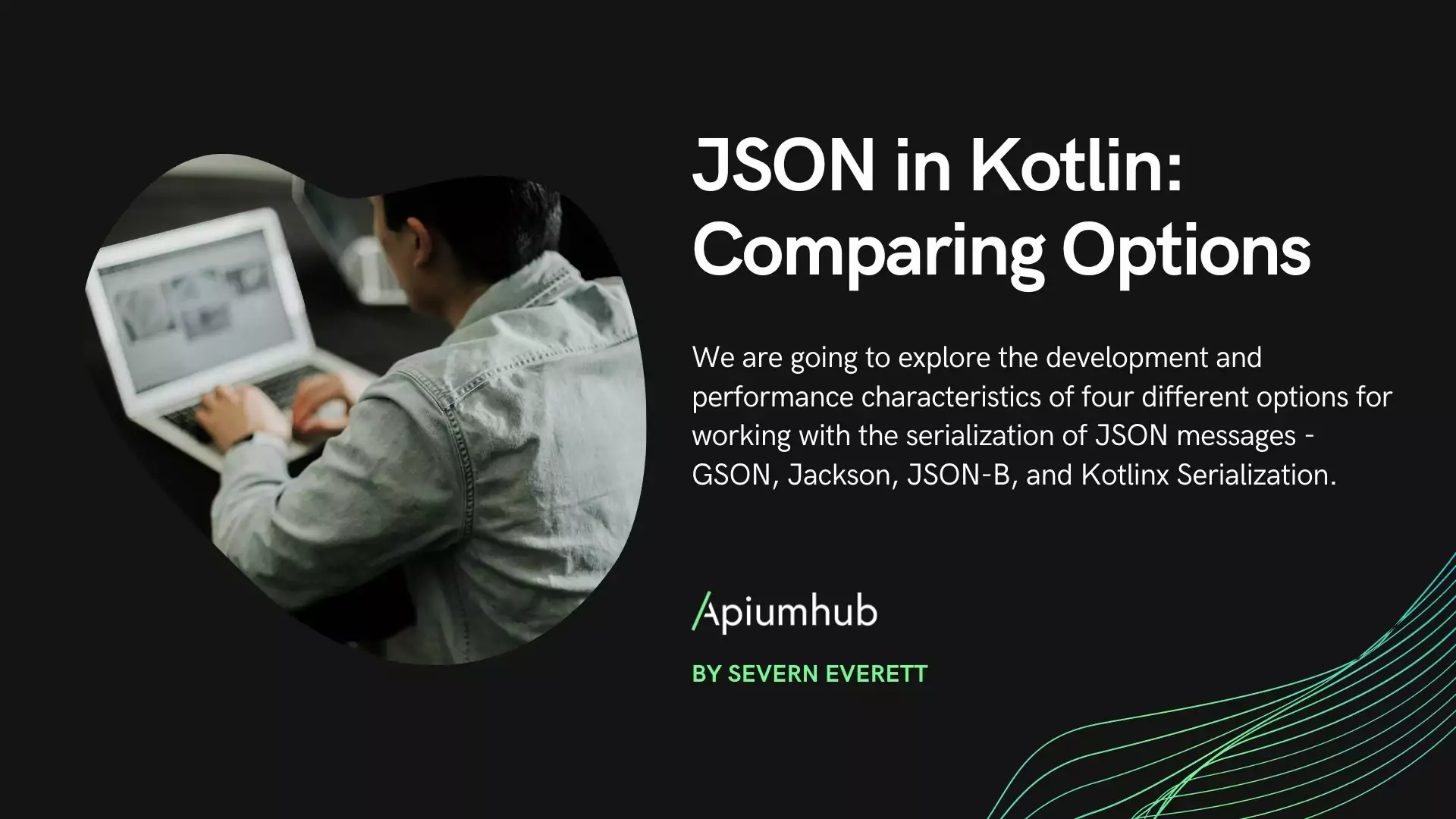Table of Contents
Software deployment best practices are crucial for ensuring the smooth and reliable release of software. Most technology leaders depend on deployment frequency as a metric for assessing DevOps success. This frequency is a pivotal value stream metric and a fundamental benchmark within the core DORA metrics, providing insights into your software delivery efficiency. Software Deployment Frequency is the most closely monitored engineering metric, surpassing Mean Time To Recovery, Lead Time, and Change Failure Rate.
The purpose of software deployment is to adapt to evolving business requirements by providing new features and updates that enhance customer satisfaction on time. These practices not only enhance the reliability and performance of the deployed software but also contribute to a seamless user experience and minimize potential disruptions.
Key Software Deployment Best Practices to Consider
By adhering to these guidelines, organizations not only streamline their deployment processes but also enhance collaboration, reduce the likelihood of errors, and fortify their software against potential security threats.
Automation
- Implement continuous integration and continuous deployment (CI/CD) pipelines to automate the build, test, and deployment processes.
- Use configuration management tools (e.g., Ansible, Puppet, Chef) to automate server configuration.
Set up helpful alerts. Deployment notifications alert the team when a deployment has started, failed, or successfully finished.
Environment Consistency
- Ensure consistency between development, testing, staging, and production environments.
- Use containerization (e.g., Docker) to package applications and dependencies, ensuring consistency across different environments.
Infrastructure as Code (IaC)
- Define and manage infrastructure using IaC tools (e.g., Terraform, AWS CloudFormation) to make deployments reproducible and scalable.
Version Control
- Use version control systems (e.g., Git) for both code and configuration files.
- Apply versioning to your APIs and services to manage changes effectively.
Rollback Plan
- Have a well-defined rollback plan in case of deployment failures.
- Test rollback procedures during non-critical periods to ensure they work as expected.
Monitoring and Logging
- Implement comprehensive monitoring to detect issues early.
- Use centralized logging to collect and analyze logs from different components.
- Set up alerts for critical events and thresholds.
Define and track key performance indicators (KPIs) to measure the impact of changes on your system.

Scaling Strategies
- Design for scalability, and be prepared to scale horizontally or vertically based on demand.
- Implement auto-scaling mechanisms to adapt to changing workloads.
- Break down features and changes into small, manageable increments. Small changes are easier to test, deploy, and troubleshoot.
Security
- Regularly update dependencies and libraries to patch security vulnerabilities.
- Implement security best practices, such as least privilege access, encryption, and secure communication.
Testing
- Conduct thorough testing, including unit tests, integration tests, and end-to-end tests.
- Use canary releases or feature toggles to minimize the impact of new releases.
Documentation
- Maintain comprehensive and up-to-date documentation for deployment processes.
- Document dependencies, configurations, and any troubleshooting steps.
Collaboration and Communication
- Foster collaboration between development, operations, and other relevant teams.
- Communicate effectively with stakeholders, including clear release notes and announcements.
Performance Optimization
- Regularly review and optimize application and infrastructure performance.
- Conduct load testing to identify potential bottlenecks.
Backup and Disaster Recovery
- Implement regular backups of critical data.
- Have a well-defined disaster recovery plan and regularly test its effectiveness.
Compliance
- Ensure compliance with relevant regulations and standards.
- Regularly audit and assess the security and compliance of your deployment processes.
Post-Deployment Validation
- Conduct post-deployment validation to ensure that the deployed application works as expected in the production environment.
In high-performing organizations, teams may target multiple deployments in a day or even per hour, facilitating rapid feedback loops and the ability to iterate swiftly on software improvements. By adhering to these key software deployment best practices, organizations can enhance the efficiency, reliability, and security of their deployment processes. These practices contribute to a more resilient software ecosystem, ultimately delivering a positive experience for both developers and end-users.
Author
-
Ekaterina Novoseltseva is an experienced CMO and Board Director. Professor in prestigious Business Schools in Barcelona. Teaching about digital business design. Right now Ekaterina is a CMO at Apiumhub - software development hub based in Barcelona and organiser of Global Software Architecture Summit. Ekaterina is proud of having done software projects for companies like Tous, Inditex, Mango, Etnia, Adidas and many others. Ekaterina was taking active part in the Apiumhub office opening in Paseo de Gracia and in helping companies like Bitpanda open their tech hubs in Barcelona.
View all posts









